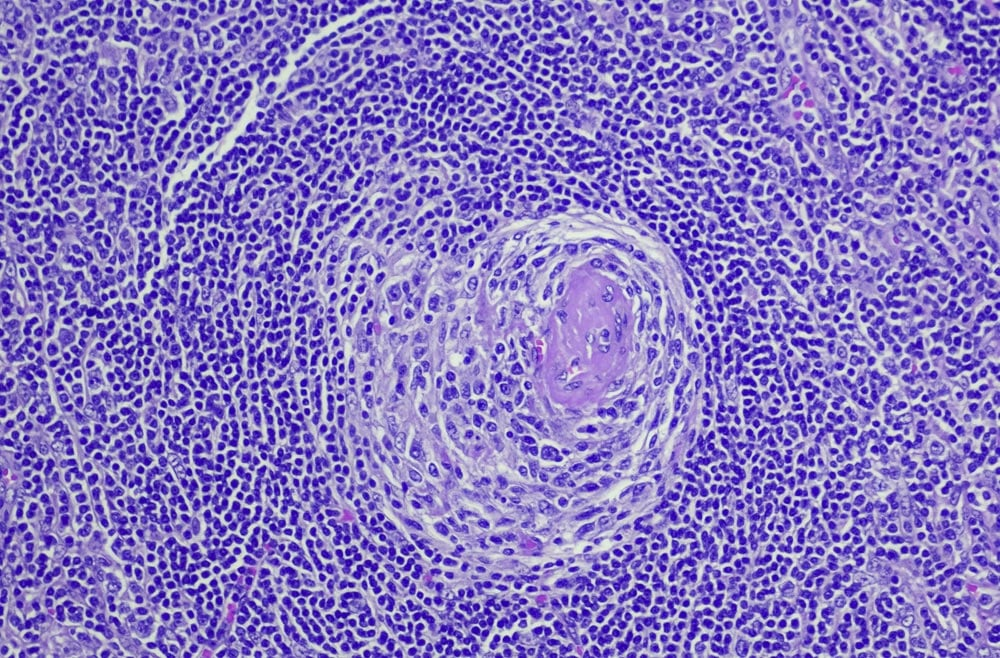Introduction
For the first time in over 45 years, scientists have identified a new subtype of Castleman disease—a rare and serious condition affecting lymph nodes and related tissues. This groundbreaking discovery could transform how doctors diagnose, classify, and treat patients with Castleman disease, offering new hope for improved patient outcomes. Let’s explore what this breakthrough means and how it fits into the broader fight against rare diseases.

Understanding Castleman Disease
Castleman disease refers to a group of rare disorders involving an overgrowth of cells in the body’s lymphatic system. While it shares characteristics with cancers of the lymph nodes, it is classified as a non-cancerous disease. The two major recognized types are:
- Unicentric Castleman Disease (UCD): Affects a single lymph node or a single region of lymph nodes.
- Multicentric Castleman Disease (MCD): Affects multiple lymph node regions and often leads to systemic symptoms such as fever, fatigue, and weight loss.
Until now, all known cases were generally classified within these two groups, with further subdivisions based on cause, such as HHV-8-associated MCD or idiopathic MCD.
The New Subtype Discovery: Key Highlights
This recent discovery, published in a leading medical journal, reveals a previously unrecognized subtype characterized by distinct genetic, immunological, and clinical features:
- Unique Genetic Markers: Scientists found specific mutations not previously associated with known Castleman variants.
- Different Immune Response: Patients exhibited an unusual immune system profile, suggesting a new disease mechanism.
- Clinical Presentation: Symptoms differed subtly from typical UCD and MCD, leading researchers to advocate for a separate classification.
Why This Discovery Matters
The identification of a new subtype is not just an academic breakthrough—it has major real-world implications for patients and healthcare providers alike:
- Better Diagnostics: New biomarkers could allow for earlier and more accurate diagnosis.
- Tailored Treatments: Understanding the subtype’s biology may open the door to more effective, personalized therapies.
- Enhanced Research: Scientists can now study this subtype independently, accelerating the search for a cure.
- Greater Awareness: Rare diseases often go undiagnosed or misdiagnosed; this discovery could raise vital awareness.
The Future of Castleman Disease Research
Leading researchers emphasize that this is only the beginning. Ongoing clinical trials and genetic studies aim to map out the full spectrum of Castleman disease variants. With modern tools like CRISPR gene editing and advanced immunotherapies, new treatments could be on the horizon that target Castleman disease at its root causes.
Patient advocacy groups, such as the Castleman Disease Collaborative Network (CDCN), continue to push for funding and public awareness, ensuring that those affected by rare diseases are not forgotten.
Conclusion
The discovery of a new Castleman disease subtype marks a pivotal moment in medical history. After 45 years of relative stability in the classification of this rare disease, a new frontier has opened—one filled with promise for better understanding, treatment, and patient care. For more on innovations in rare disease research, check out our feature on the latest advances in rare disease research.









